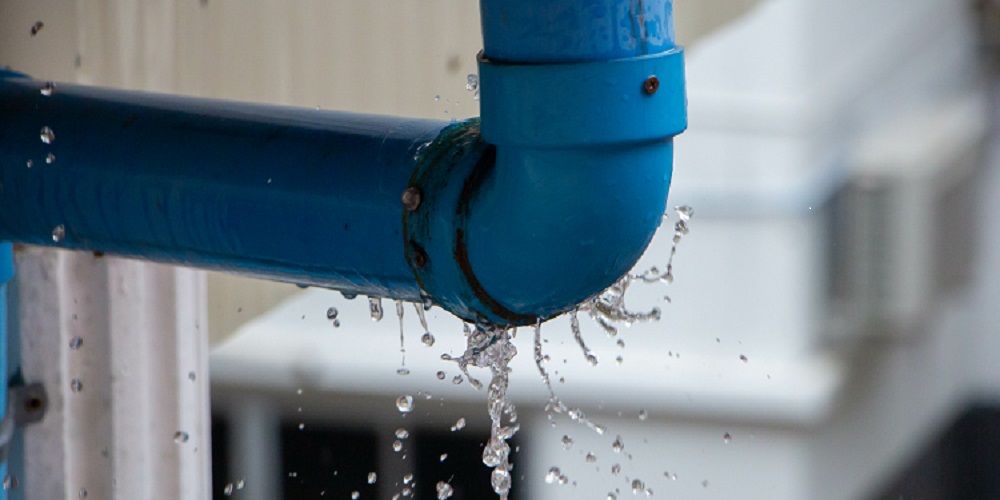Just how do you feel on the subject of Finding hidden leaks?

Early detection of leaking water lines can minimize a prospective disaster. Some small water leakages might not be noticeable.
1. Check Out the Water Meter
Every home has a water meter. Checking it is a proven way that assists you find leaks. For starters, shut off all the water resources. Ensure no one will certainly flush, make use of the tap, shower, run the cleaning equipment or dishwashing machine. From there, most likely to the meter as well as watch if it will certainly alter. Considering that nobody is using it, there should be no activities. If it relocates, that indicates a fast-moving leakage. Similarly, if you find no changes, wait a hr or two as well as examine back again. This suggests you may have a sluggish leakage that can even be below ground.
2. Inspect Water Intake
Analyze your water expenses as well as track your water usage. As the one paying it, you must notice if there are any type of disparities. If you identify sudden changes, regardless of your intake coinciding, it indicates that you have leakages in your plumbing system. Keep in mind, your water expense ought to fall under the same range monthly. A sudden spike in your costs suggests a fast-moving leak.
A stable increase every month, also with the exact same habits, shows you have a slow-moving leak that's also slowly rising. Call a plumber to thoroughly inspect your residential property, especially if you really feel a warm location on your flooring with piping below.
3. Do a Food Coloring Examination
When it comes to water intake, 30% comes from bathrooms. If the shade somehow infiltrates your dish during that time without flushing, there's a leak in between the tank as well as dish.
4. Asses Exterior Lines
Don't neglect to inspect your outdoor water lines also. Must water seep out of the link, you have a loose rubber gasket. One tiny leakage can squander loads of water and also surge your water costs.
5. Examine as well as Assess the Circumstance
Homeowners must make it a behavior to examine under the sink counters and also inside closets for any type of bad odor or mold growth. These two red flags suggest a leakage so timely interest is required. Doing regular evaluations, even bi-annually, can save you from a significant issue.
Check for discolorations and damaging as the majority of devices and also pipelines have a life expectations. If you think dripping water lines in your plumbing system, do not wait for it to intensify.
Early discovery of dripping water lines can minimize a possible calamity. Some tiny water leaks might not be noticeable. Inspecting it is a proven means that helps you uncover leakages. One little leak can lose lots of water as well as surge your water bill.
If you suspect dripping water lines in your plumbing system, don't wait for it to intensify.
WARNING SIGNS OF WATER LEAKAGE BEHIND THE WALL
PERSISTENT MUSTY ODORS
As water slowly drips from a leaky pipe inside the wall, flooring and sheetrock stay damp and develop an odor similar to wet cardboard. It generates a musty smell that can help you find hidden leaks.
MOLD IN UNUSUAL AREAS
Mold usually grows in wet areas like kitchens, baths and laundry rooms. If you spot the stuff on walls or baseboards in other rooms of the house, it’s a good indicator of undetected water leaks.
STAINS THAT GROW
When mold thrives around a leaky pipe, it sometimes takes hold on the inside surface of the affected wall. A growing stain on otherwise clean sheetrock is often your sign of a hidden plumbing problem.
PEELING OR BUBBLING WALLPAPER / PAINT
This clue is easy to miss in rooms that don’t get much use. When you see wallpaper separating along seams or paint bubbling or flaking off the wall, blame sheetrock that stays wet because of an undetected leak.
BUCKLED CEILINGS AND STAINED FLOORS
If ceilings or floors in bathrooms, kitchens or laundry areas develop structural problems, don’t rule out constant damp inside the walls. Wet sheetrock can affect adjacent framing, flooring and ceilings.
https://www.servicemasterbyzaba.com/blog/how-to-detect-water-leakage-in-walls/

I hope you enjoyed our topic on Top leak detection hacks. Thanks for finding the time to read our short article. Do you know somebody else who is enthusiastic about the niche? Do not hesitate to promote it. I am grateful for your time. Don't forget to come by our blog back soon.
Book Services